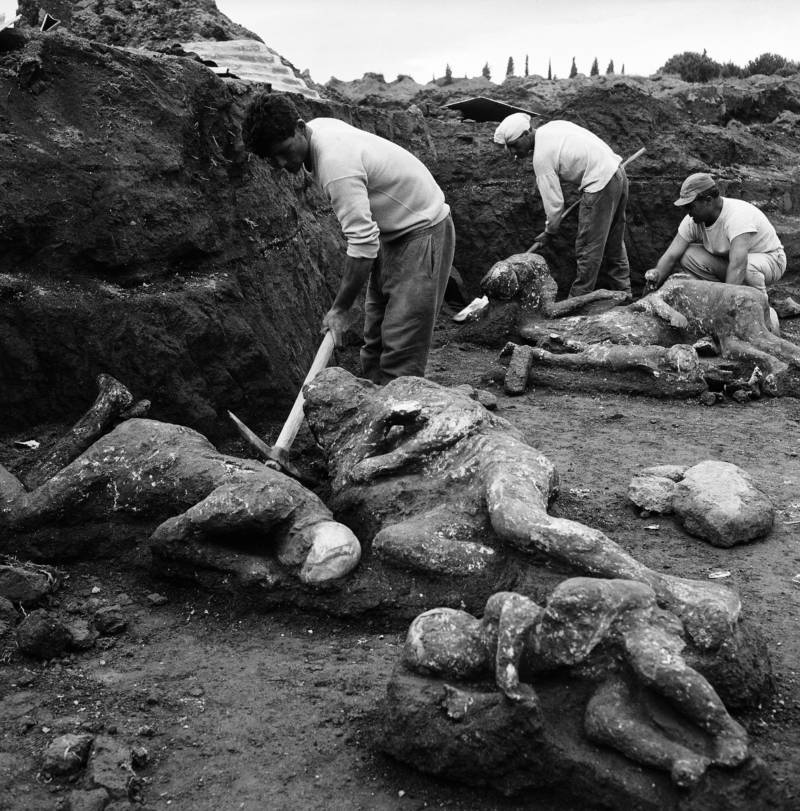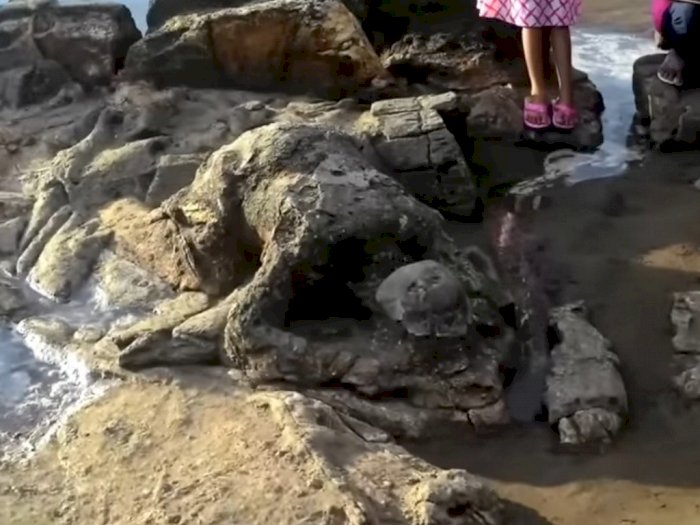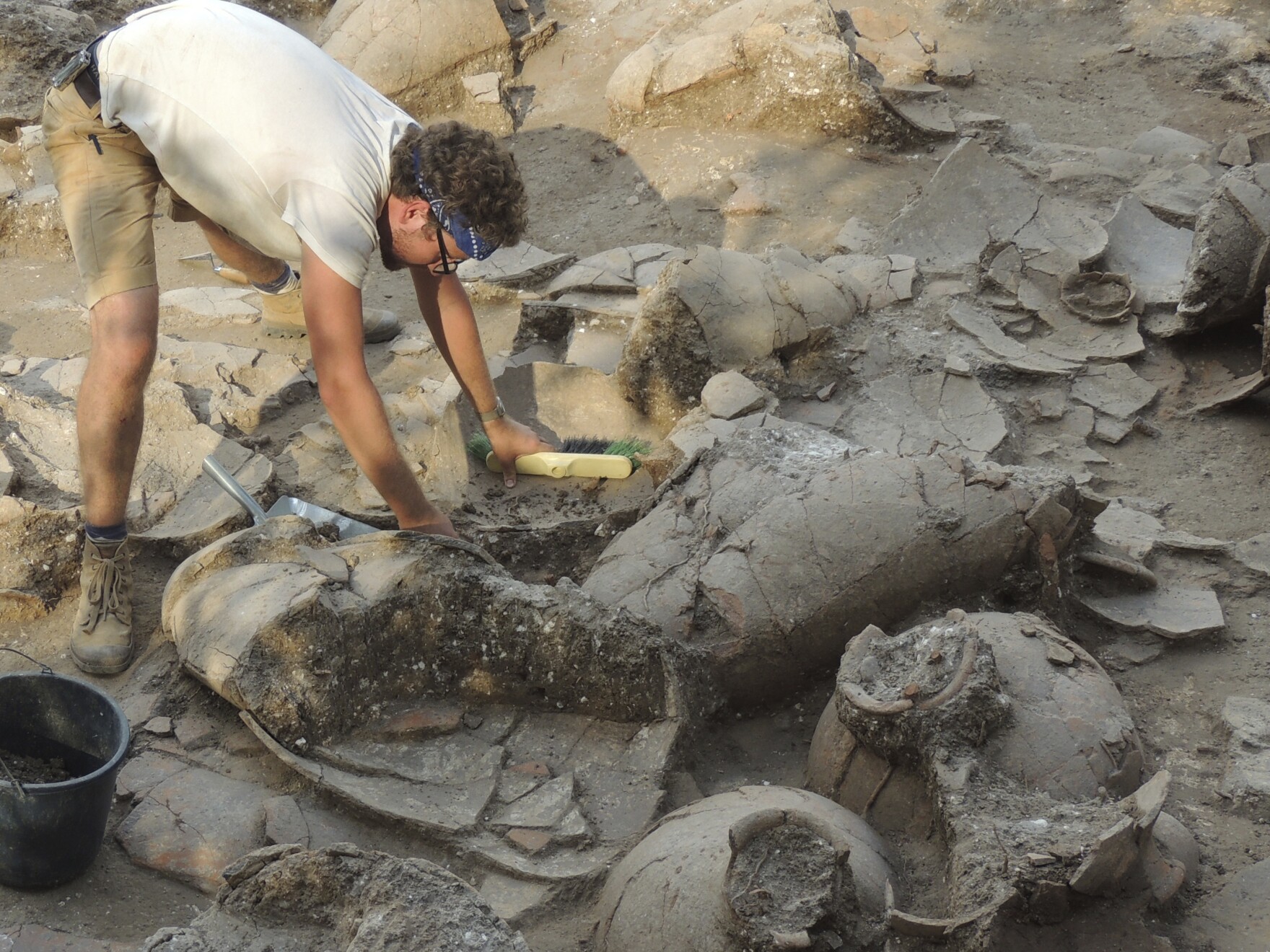The excavation of the lost city of Pompeii has provided a mesmerizing glimpse into the buried past, offering a window into the daily lives and tragic fate of its inhabitants. This ongoing archaeological endeavor has unearthed a wealth of knowledge about ancient Roman civilization, captivating the world with its discoveries.

Pompeii, a prosperous Roman city frozen in time by the catastrophic eruption of Mount Vesuvius in 79 AD, lay buried and forgotten for centuries. Its excavation, which began in the 18th century and continues to this day, has revealed remarkably preserved buildings, artifacts, and even human remains.

Archaeologists meticulously unearth the streets, houses, and public spaces of Pompeii, piecing together the intricate tapestry of Roman life. Vibrant frescoes, intricate mosaics, and well-preserved architectural structures provide insights into the art, architecture, and daily routines of the ancient city’s inhabitants.

The discoveries in Pompeii have not only illuminated the material culture of ancient Rome but have also shed light on the social hierarchy, religious practices, and economic activities of the time. The preserved body casts of victims, captured in their final moments of agony, serve as haunting reminders of the human tragedy that unfolded within the city’s walls.
Excavations in Pompeii continue to unveil new surprises, challenging our preconceived notions and expanding our understanding of the ancient world. Advanced technologies, such as 3D scanning and digital reconstruction, aid in the preservation and interpretation of the site, ensuring that future generations can continue to learn from this extraordinary archaeological treasure.

The excavation of Pompeii is a testament to the enduring allure of uncovering lost civilizations. It allows us to connect with our shared human heritage and gain a deeper appreciation for the achievements and vulnerabilities of ancient societies. As the layers of volcanic ash are carefully removed, Pompeii’s buried past comes to life, reminding us of the transience of human existence and the fragility of even the greatest cities.